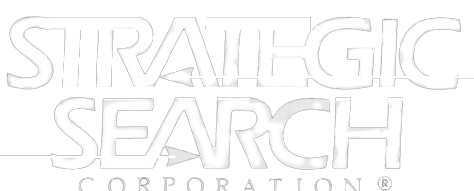By Scott Sargis
Published In Recruiting Blogs
January 30, 2014
Motorola has a long history of R&D and innovation in the Chicago area. It started in Chicago, Illinois as Galvin Manufacturing Corporation at 847 West Harrison Street in 1928, with its first product being a battery eliminator. In 1930 Galvin Manufacturing Corporation introduced the Motorola radio; one of the first commercially successful car radios. Company founder Paul V. Galvin and investor Bill Lear created the brand name Motorola. Galvin and Lear mulled over names for the product on a cross-country trip and came up with “Motorola” which was a blend of “motor” and the then popular suffix -ola used with audio equipment of the time (for example “Victrola“). The product was such a success that Galvin changed the name of the company to Motorola. The name “Motorola” was adopted in 1930, and the word has been used as a trademark since the 1930s.
Many of Motorola’s products have been radio-related, starting with a battery eliminator for radios, through the world’s first walkie-talkie in 1940, defense electronics, cellularinfrastructure equipment, and mobile phone manufacturing. It developed its research and development program with Dan Noble, a pioneer in FM radio and semiconductor technologies, recruited to the company as their Director of R&D. Furthermore, the company practically created the cellular phone industry and then in 1986 invented the Six Sigma quality improvement process, which became a global standard for quality assurance and reliability engineering.
During its glory days, Motorola was the destination of choice for top engineers in the Chicago land area. Many engineers would boast that, “if Motorola wasn’t on your resume, then you probably weren’t a good engineer.” This prompted many engineering recruiters like myself to desire to be on Motorola’s technical recruiting approved list. After ten years of trying, Motorola’s internal management recruiters finally added my engineering recruitment firm to their exclusive list.This resulted in hundreds of engineering, scientific and technical recruiting assignments with the company.
Unfortunately, things have soured in recent years. Motorola increasingly lost market share in cellular phones. As a result, they shed many good engineers, scientists and technical personnel through both layoffs and early retirements. Then in January 2011, Motorola split into two separate companies, each carrying the word Motorola as part of their name. One company, Motorola Solutions (using a blue version of the Motorola logo), was based in the Chicago suburb of Schaumburg, Illinois and concentrated on police technologies, radios, and commercial needs. The other company, Motorola Mobility (using a red logo), was based in the Chicago suburb of Libertyville, Illinois and focused on mobile handsets. The split was structured so that Motorola Solutions was the legal successor of the old Motorola, while Motorola Mobility was the spinoff.
On August 15, 2011, Google announced that it would purchase Motorola Mobility for about $12.5 billion.The hope was the technology giant, Google, would breath new life into Motorola Mobility. They even planned to move their R&D headquarters to the Merchandise Mart in downtown Chicago to facilitate executive recruitment of top engineers, scientists, IT and technical professionals. Unfortunately, after only 22 months, on January 29, 2014, Google sold Motorola Mobility at a major lossof $9.5 billion for only $2.91 billion to Lenovo! Google still plans to retain the major war chest of engineering, scientific and technical patents.However, this probably signals an end to a legendary, Chicago area, R&D, technical company. This also marks the second major U.S. technical and engineering icon company purchased by Lenovo. In 2005 they acquired IBM’s personal computer (PC) business. Since most of Lenovo’s R&D, engineering, scientific and manufacturing operations are in China, I seriously doubt that they will be increasing technical recruiting in the Chicago area. As a result, the big question now is, “what will happen to all the skilled Motorola engineers?”



